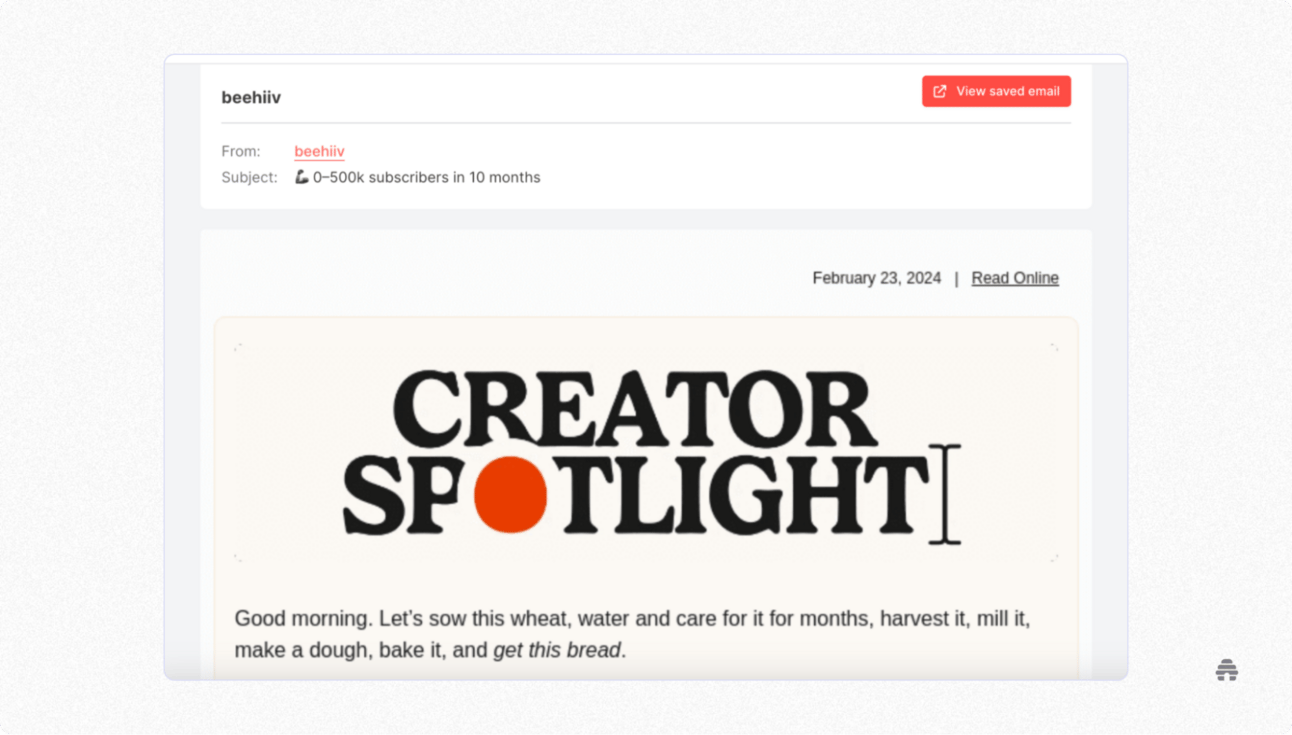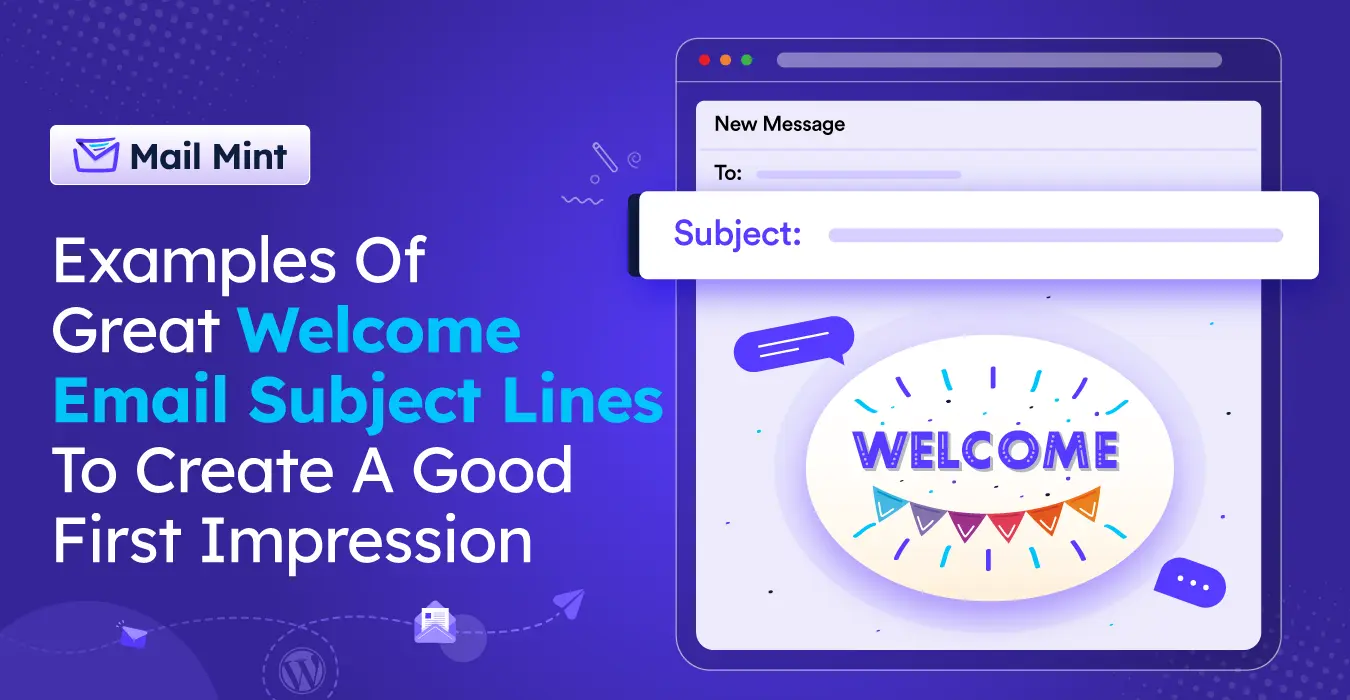Crafting Attention-Grabbing Subject Lines: Tips for Success
In the expansive and competitive world of email marketing, the success of your campaigns often hinges on a single factor: crafting attention-grabbing subject lines. A well-crafted subject line can mean the difference between an email being opened or sent straight to the trash. With inboxes overflowing and attention spans dwindling, marketers must master the art of creating compelling subject lines that resonate with their audience and drive engagement.
Why Subject Lines Are the Heart of Email Marketing

Subject lines serve as both the gateway and the filter for your email communications. They are the first thing recipients see in their inbox, and they play a pivotal role in determining whether or not your message will be read – or ignored.
The First Impression: Role of Subject Lines
Imagine walking into a store where the signage is cluttered and confusing. You would likely feel overwhelmed and leave without making a purchase. Similarly, the subject line is your email’s first impression. It encapsulates the essence of your message while providing a glimpse of what lies ahead.
A strong subject line should create intrigue, provoke thought, and compel readers to open the email. It’s about more than just summarizing the content; it’s about sparking curiosity and inviting recipients to delve deeper. In fact, studies reveal that nearly 47% of email recipients decide whether to open an email based solely on the subject line. This statistic underscores the pivotal role subject lines play in successful email marketing campaigns.
Boosting Open Rates and Driving Engagement

The ultimate goal of any email marketing campaign is to engage the audience, and crafting effective subject lines is the first step toward achieving this goal. Higher open rates translate into more clicks, conversions, and increased revenue. However, it’s important to recognize that an impressive open rate doesn’t necessarily equate to successful engagement.
To foster genuine engagement, subject lines can entice readers to interact meaningfully with the content within. This means moving beyond simply enticing clicks to deliver value and relevance through the email’s content. By aligning subject lines with the interests and needs of your target audience, you can facilitate deeper connections and ongoing engagement.
Enhancing Brand Recognition Through Subject Lines
Brand recognition plays a crucial role in any business’s overall marketing strategy. When recipients consistently see familiar and appealing subject lines from your brand, they start to associate those lines with positive experiences.
Consistency in tone, style, and language creates a recognizable voice that resonates with your audience. Connecting your subject lines to your brand identity fosters trust and loyalty among recipients. A well-branded subject line isn’t merely eye-catching; it also reinforces your brand image and ethos, contributing to a cohesive overall marketing strategy.
Core Ingredients of a High-Performing Subject Line
Crafting compelling subject lines isn’t purely an artistic endeavor; there are specific elements that contribute to their effectiveness. Understanding these core ingredients will guide your efforts in creating subject lines that capture attention.
Keep It Short and Sweet
In an age of information overload, brevity is paramount. As recipients sift through numerous emails, long-winded subject lines can easily fade into obscurity. Therefore, aim for clarity and succinctness in your subject lines.
Shorter subject lines – ideally 50 characters or fewer – tend to perform better, as they’re easier to read and can be fully displayed on mobile devices. Moreover, concise wording enhances readability, allowing recipients to quickly comprehend the offer or message. Strive to communicate the main idea without unnecessary fluff, ensuring that every word counts.
Use Power Words to Motivate Action
Certain words possess inherent persuasive qualities that can ignite action. These “power words” evoke emotions, instill curiosity, and prompt readers to take immediate action. Including power words in your subject lines can significantly enhance their appeal.
Words like “exclusive,” “limited,” “free,” and “urgent” can create a sense of urgency and scarcity. Meanwhile, terms such as “discover,” “unlock,” and “learn” spark curiosity and encourage readers to explore further. By strategically incorporating power words, you can craft subject lines that inspire readers to engage with your content.

Add a Personal Touch for Better Connection
Personalization is no longer a luxury; it has become an expectation among consumers. By tailoring your subject lines to individual recipients, you can foster a deeper connection and enhance their interest in your emails.
Using the recipient’s name, location, or past interactions can create a sense of familiarity and make them feel valued. For example, instead of sending a generic promotion, consider personalizing the subject line to read, “Sarah, Don’t Miss Out on Your Special Offer!” This approach cultivates a reciprocal relationship, encouraging recipients to engage with your brand on a more personal level.
Highlight Benefits or Solve Problems
When crafting subject lines, always consider what’s in it for the recipient. Addressing their needs and desires can set your subject line apart from the myriad of others vying for their attention.
Focus on articulating the benefits of opening the email or solving a particular problem faced by the recipient. By clearly communicating how the content will add value or provide solutions, you can pique interest and motivate action. For instance, a subject line like “Discover How to Save Time on Your Daily Routine” directly addresses a common pain point, effectively drawing in readers who relate to the struggle.
Proven Techniques to Make Subject Lines Stand Out

Creating memorable subject lines often requires a mix of creativity, strategy, and experimentation. Below are proven techniques that can help your subject lines stand out in crowded inboxes.
Ask Questions to Ignite Curiosity
Humans are naturally wired to seek answers. By posing a thought-provoking question in your subject line, you can stimulate curiosity and draw recipients in.
For example, consider the subject line: “Are You Making These Common Gardening Mistakes?” This prompts readers to reflect on their own practices and wonder if they might be guilty of the mistakes mentioned. It encourages them to open the email to learn more. Questions can also serve as conversation starters, inviting recipients to engage with your brand in a more meaningful way.
Numbers That Catch the Eye
Incorporating numbers into your subject lines can grab attention and convey specific, actionable information. Numbers lend credibility and offer concrete value to recipients, particularly when presenting tips, lists, or statistics.
For instance, a subject line such as “5 Ways to Boost Your Productivity Today” offers a clear takeaway and establishes expectations for the content. Readers often appreciate structured information, and the inclusion of numbers makes it easy to grasp the value at a glance.
Create Urgency or FOMO (Fear of Missing Out)
Urgency and scarcity can be powerful motivators in email marketing. By conveying a sense of urgency or the potential for missing out on a limited-time offer, you can inspire immediate action from recipients.
Subject lines that include phrases like “Last Chance” or “Only a Few Hours Left” create a psychological trigger that urges individuals to act swiftly. This tactic is especially effective in driving sales, encouraging readers to open the email quickly to avoid missing a valuable opportunity.
Humor and Creativity: The Unexpected Twist
Injecting humor or creativity into your subject lines can differentiate your emails from others in the inbox. A clever or witty subject line can evoke a smile, prompting recipients to open the email simply out of curiosity.
For example, a subject line like “Our Coffee is So Good, Even Mondays Can’t Resist” adds a playful twist while showcasing the product. Humorous lines can humanize your brand and establish a relatable connection, ultimately leading to higher open rates.
uring Success: How to Evaluate Subject Line Performance

Understanding the effectiveness of your subject lines is paramount to refining your email marketing strategy. By measuring key performance metrics, you can gain insights into what resonates with your audience.
Conducting A/B Tests for Optimization
Testing different variations of subject lines through A/B testing allows you to identify which elements perform best with your audience.
Consider experimenting with different word choices, lengths, or formats in your subject lines. By analyzing open rates and other performance metrics, you can glean valuable insights that inform future campaigns. Over time, this iterative process will lead to optimized subject lines that yield higher engagement rates.
Tracking Open Rates and CTRs (Click-Through Rates)
Monitoring open rates and click-through rates (CTRs) provides a quantitative measure of your subject lines’ performance. Open rates indicate the percentage of recipients who opened your email based on the subject line, while CTR captures the percentage of readers who clicked on a link within the email.
Both metrics are vital for assessing how well your subject lines resonate with your audience. Identifying patterns in high-performing subject lines can guide your future creative decisions, helping you refine your messaging and improve overall engagement.
Gaining Insights from Audience Behavior
Beyond mere metrics, analyzing audience behavior can provide deeper insights into how recipients interact with your emails. Utilizing tools like heatmaps or tracking user engagement can help you understand where readers are spending their time, what content holds their attention, and which subject lines drive the most engagement.
Qualitative feedback from surveys or direct responses can also inform your understanding of audience preferences. This holistic view enables you to tailor your subject lines more effectively, enhancing engagement and fostering long-term loyalty.
GoHighLevel is a comprehensive platform tailored to streamline various business functions, including lead generation, customer relationship management (CRM), appointment scheduling, project management, website building, and sales funnel creation. Designed with agencies and small businesses in mind, GoHighLevel provides a unified solution to consolidate multiple software tools into a single, efficient hub, enabling businesses to enhance productivity and drive growth seamlessly.
Tailoring Subject Lines for Every Email Type
Different types of emails call for tailored approaches to subject line creation. By considering the purpose and goals of each email type, you can craft subject lines that align with the intended messaging.
Promotions That Drive Sales
Promotional emails often require a straightforward yet enticing approach. Highlighting exclusive discounts, special offers, or seasonal sales can motivate recipients to act quickly.
For example, a subject line like “Get 20% Off Your Next Purchase – Limited Time Only!” clearly conveys urgency while incentivizing action. Incorporate compelling visuals within the email to complement the subject line, reinforcing the promotional message and encouraging conversions.
Newsletters: Informative Yet Engaging
Newsletters aim to provide value and keep your audience informed. Subject lines for newsletters should strike a balance between informative and engaging to entice readers to explore the content.
Consider using intriguing headlines or highlighting featured topics. A subject line such as “This Month’s Top 5 Must-Read Articles” presents a clear value proposition while enticing readers to delve into the newsletter. Ensure that the tone remains consistent with your brand identity while delivering relevant and interesting content.
Transactional Emails: Clear and Professional
Transactional emails, such as order confirmations or shipping notifications, require clarity and professionalism. While creativity may take a backseat, crafting a precise subject line is essential for maintaining customer trust.
Use straightforward language that indicates the email’s purpose. For instance, a subject line like “Your Order Confirmation – Order”.
Re-engagement Emails: Win Back Your Audience
Re-engagement emails are designed to rekindle relationships with inactive subscribers. Crafting compelling subject lines for these emails is crucial in capturing attention and igniting interest once again.
Utilize personalized, enticing language that addresses the recipient’s previous engagement. A subject line such as “We Miss You! Here’s 20% Off Your Next Order” combines personalization with an incentive, encouraging lapsed customers to return and engage with your brand once more.
Final Takeaways: Crafting Irresistible Subject Lines

In learning to craft irresistible subject lines, remember that experimentation, analysis, and audience understanding are paramount. There’s no one-size-fits-all approach; what works for one audience may not resonate with another.
Start by analyzing your current subject lines, identifying strengths, weaknesses, and opportunities for improvement. Experiment with various writing styles, tones, and strategies while keeping your audience’s needs and preferences at the forefront.
As you refine your approach, monitor your results closely and iterate based on data-driven insights. Over time, your growing expertise in crafting attention-grabbing subject lines will contribute to your email marketing success.




